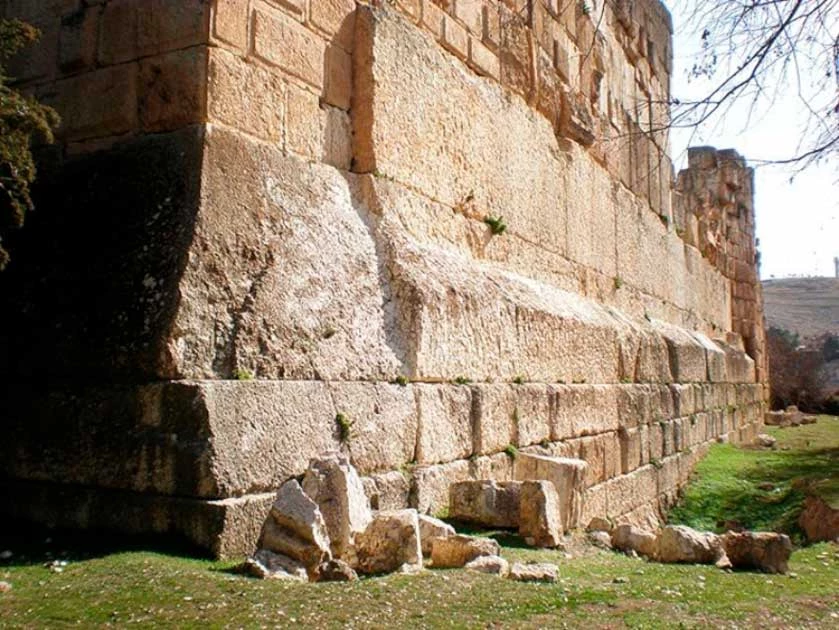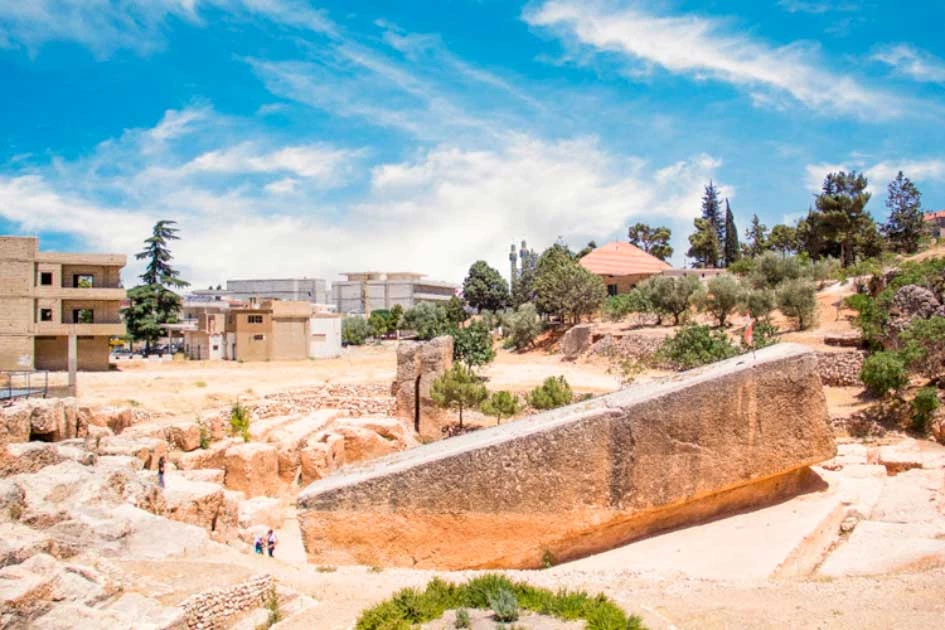As we look upon our great cities filled with towering skyscrapers, reaching ever higher to the skies, we could be forgiven for feeling a touch of pride at the scope and extent of human achievement, and our mastery of the landscape.
But the truth underneath shows that surface appearance can be deceptive. Our skyscrapers are not built to last. The Shard in London, the tallest skyscraper in Europe, has an expected lifespan of just 75 years: many alive today will outlast this prefab monument to capitalism. The Burj al Khalifa, the tallest building in the world, may last for centuries to come but it requires constant maintenance and repair, and is more passing and ephemeral than much that has come before.
It was ever this way, of course. But those great lost civilizations which loom large in the collective consciousness are almost always those that built in stone. We see their legacy around us every day, in the pyramids of Giza, in Machu Picchu, in the towering cathedrals of Europe, and in the great constructs of the Romans.
But it seems even the great stonemasons of Rome were not completely masters of their materials. Sometimes what they left behind was evidence that they had bitten off more than they could chew. So it is with the stones of Baalbek.
These great blocks of stone, and three in particular named the trilithon, may be the largest ever carved from the landscape in a single piece. And we still have pretty much no idea how the Romans intended to move them.
Moving Stone
Baalbek is not the only place where such massive stones were used for construction, and blocks this massive were moved in a single piece by many other civilizations than the Romans. The Olmecs of Central America also possessed the skill to move massive stones. They used streams and river water to float the stones down the river and even designed systems that could transport stones uphill for mountaintop structures.
The Incan civilization was also based around mountaintop temples and structures made of intricately fitted stones. These were often quarried on site: Machu Picchu contains its own mountaintop quarry, and where this was not possible as in the great Incan fortress at Ollantaytambo, the path the great blocks made across the valley floor can still be seen today.
- El Gigante: Why was the Largest Moai on Easter Island Unfinished?
- Who Made the Stone Spheres of Costa Rica, and Why?
The Easter Islanders carved their Moai effigies in a single piece from the rock, and may have sealed their doom in doing so by cutting down all the trees on their island. However, far from these famous ruins of civilizations that thrived, the largest hewn stone of all is to be found in Lebanon, in the city of Baalbek, where the grand city of Heliopolis once stood. This was the Roman City of the Sun.
The Trilithon At Baalbek
Heliopolis was once full of ancient temples of enormous proportions and residential complexes that were fit for kings. Today, you will find three massive hewn stones at the base of the ruins of Jupiter Baal Temple.

The three stones that seem otherworldly are termed trilithon. Each of these large stones alone weighs around 750 tons (680 tonnes). While the trilithon was used to create the Jupiter Baal Temple by the Romans, it is possible that the stones existed in the Middle East years ago during the construction of the temple. Historians think the stones may be older than the time of Alexander The Great, the founder of Heliopolis in 334 BC.
Apart from the three stones that make up the temple’s base, another stone is the largest of the group found inside the temple. How the stones were moved to Baalbek is not clear, but historians believe that the Roman masons or some other people who date back further than the Romans moved the massive stones from the quarry.
Not only did the planners plan successfully to move the stones intact from the quarry but to lift the stones onto smaller stones that were laid to create the foundation. The largest stone at Baalbek is called the stone of the Pregnant Woman and weighs around 1,200 tons (1,088 tonnes), more than three Boeing 747s together.
How the ancient masons could move the stones from the quarry and lift them to considerable height is still not clear. It is clear however that it was no easy task, and we need look no further than the quarry itself. Here a great fourth stone lies, abandoned: it would seem that this last great stone was far too heavy for anyone to lift. Today, the stone stands proud of its surroundings a great angular outline jutting from the earth.
Baalbek Legends
What can we piece together about these stones, and the city at Baalbek? The masons and stone movers of the bygone era clearly planned to move such a huge stone from the quarry, and must have felt that this was possible.

The stone at Baalbek is only proof of the engineering technology and manpower the ancient planners used to move stones of such scale, something that even today’s engineers cannot confidently achieve. Unfortunately little evidence remains of how they were moved, and most assume the traditional approach of massive manpower and some kind of roller system must have been used. How they were lifted entirely off the ground however remains a mystery.
The area in Baalbek where the stone is found is also where you can find artifacts that relate to Persian culture, the Bronze Age and back as far as the neolithic period. This area was long settled, and it can be assumed that the masons knew their stone, and how to work it.
- Who Were The Nephilim? Biblical Demigods From Before The Flood
- Ain Dara’s Footprints: Did Gods Once Walk Among Us?
Absent a worldly explanation, many other more speculative theories have sprung up. For example, many believe the Nephilim, strange Biblical giants which probably survive from a mythology before Judaism, constructed Heliopolis’s temple.
According to this narrative, the temple was later destroyed by the great flood that eradicated the giants too. Or perhaps it as aliens, using advanced technology to shift these stones, which would presumably be a doddle next to interplanetary travel.
According to the Bible, the first city here was built by Nimrod, who ordered the giants to construct the temple. However, one common belief in all these legends and myths is that people believe this is a task that no human could achieve, and only supernatural or highly advanced beings could do.
Many people also believe that this temple was original for the tower of Babel. Others believed that the temple was the oldest building in the world and was constructed by the fratricidal son of Adam, Cain.
Modern historians have come up with different theories, like the ancient civilizations like Sumerian tribes being able to contact extra-terrestrial beings and how aliens used to land at the larger-than-life sites of Heliopolis. However, one thing that all the historians agree on is that the site of Baalbek is very old.

Some people believe that the site and its buildings date back to as far as 9,000 years ago. If the timeline is correct, it would challenge the literalist interpreters of the Bible who maintain the Earth is only 6,000 years old, although the replacement theory is hardly less fantastical.
The tale of Genesis and the site’s ancient roots are also connected to an Atlantis-type civilization who worked with giants and aliens from the antediluvian period, the time before the flood. Some historians believe that the buildings and the temple of Baalbek were constructed during the time of the ancient empire of the Osirian dynasty, which is believed to exist during the Atlantis era.
Many such legends are linked with the stones of Baalbek, and they could have been moved with the help of engineering techniques and knowledge that only the ancient people knew about. Advanced technology? Well, maybe, but it seems clear that, advanced as we are, the ancients still knew a thing or two that we don’t.
Top Image: The Temple of Jupiter at Baalbek. The stones at the base were far too large to be moved using known technology. Source: Paul Saad / CC BY-SA 4.0.
By Bipin Dimri